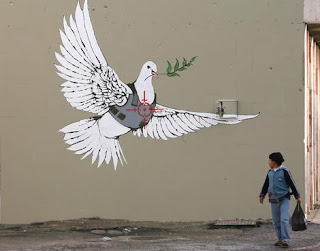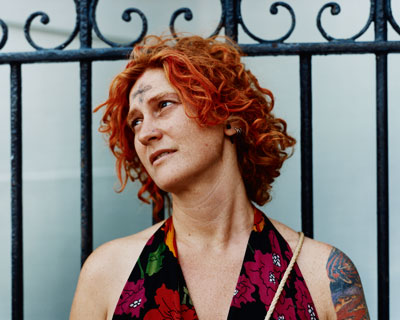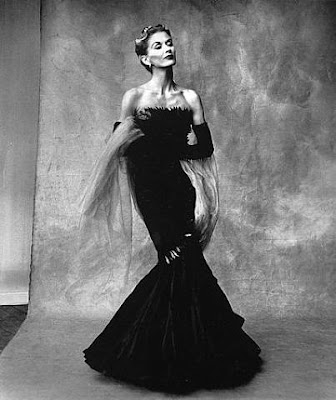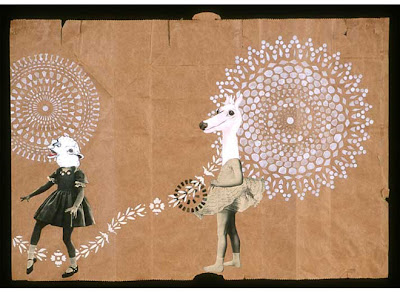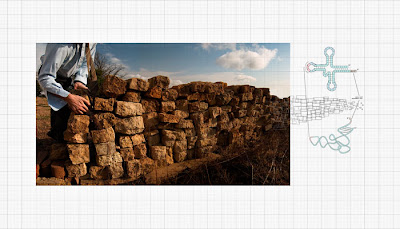
Jay Gould is one of the professors that spoke to us about his work at the SPE Conference. His series of work called The Participatory Universe really inspired me. I especially love the print Fissure Erosion. During the lecture he said that this location to take a picture was pretty cliche, but he made it very different with his measurements and maps. I can’t stop thinking about the idea of putting photographs on graph paper and documenting them in an intellectual scientific way. Jay seems very knowledgeable in science, and we just learned in art history that Leonardo da Vinci said in order to be a better artist you must have an understanding of the human anatomy, mathematics, and science. I think this idea has worked very well for Jay. It’s very obvious that he puts a lot of time and thought into his work. Also he had personal stories that went along with each picture and why he took it. I got the feeling when he was presenting his work and talking about some of his photographs and manipulation to them that this is his way of trying to figure out and better understand the world. In some of his other photographs it seemed like he was trying to create stories that he would love to see or be real. I thought the photo he had on display was printed well. I love how most of the pictures in this series had drawings that continue the photograph, and after seeing his work I am really starting to enjoy color photography.







